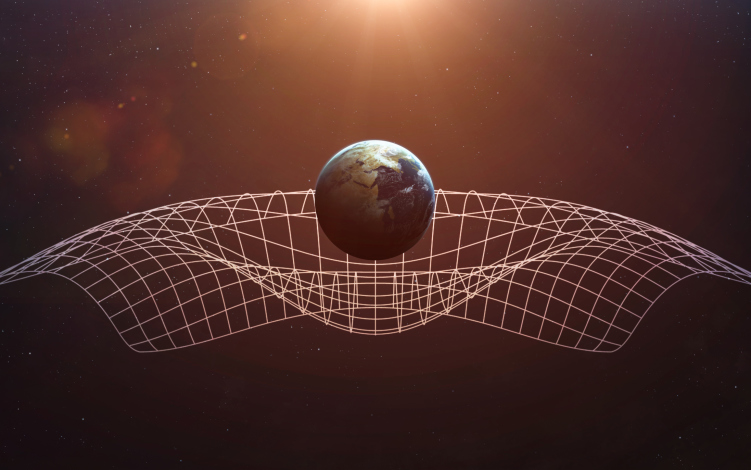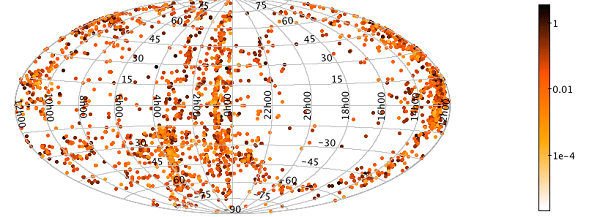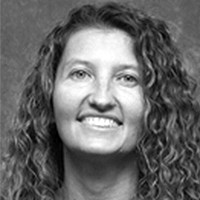Students Present on LIGO and Gravitational Wave Science

Embry-Riddle Space Physics students and faculty joined over five hundred of the world’s experts in space physics at the LIGO Scientific Collaboration-Virgo Conference to continue discussing the emerging science of gravitational waves. Attendees from Prescott included Dr. Michele Zanolin, Dr. Brennan Hughey, doctoral student Marek Szczepanczyk and undergraduate students Kiranjyot “Jasmine” Gill and Sophia Schwalbe.
Gill presented a paper and a poster on “The Rate of Core-Collapse Supernovae within the Local Universe yielding Astrophysically based SNe populations for All Sky Searches.” The research is focused on aiming to measure the true rate of core-collapse supernovae (CCSNe) happening within the Local Universe and use the results to improve the searches for gravitational waves emitted by core collapse supernovae. Dr. Zanolin, Branchesi and Szczepanczyk are co-authors of the paper.

“This was my third LIGO-Virgo conference,” said Gill. “My research was very well received and in fact some thought I was a Ph.D. candidate. I took that as a great compliment and the paper will be submitted for publication before the semester is over.”
Next steps for the LIGO students include Gill’s selection to the prestigious SURF summer program at California Institute of Technology, Schwalbe will be presenting her work at the SPACE grant NASA conference in Tucson on April 14, and Szczepanczyk will present his work at the next world conference on general relativity in New York on July 15.
Embry-Riddle Prescott has three faculty involved in LIGO. Dr. Zanolin is LIGO’s Supernova Committee Chair; Dr. Hughey works in vetting and analyzing the gravitational wave signatures; and Dr. Andri Gretarsson focuses on the design and characterization of the LIGO mirror detectors. All three contributed to the “Observation of Gravitational Waves from a Binary Black Hole Merger” paper coinciding with the media announcement released in February proving gravitational waves exist.
“The lovely thing about science is that when you start a project, you never quite know where it will take you,” said Gill. “I wake up in the middle of the night with ideas about other directions to go with my research. Because Dr. Zanolin is the supernova chair of LIGO, I can go to him and explore all of those ideas. The opportunity here is amazing.”

 Michelle Tissot
Michelle Tissot